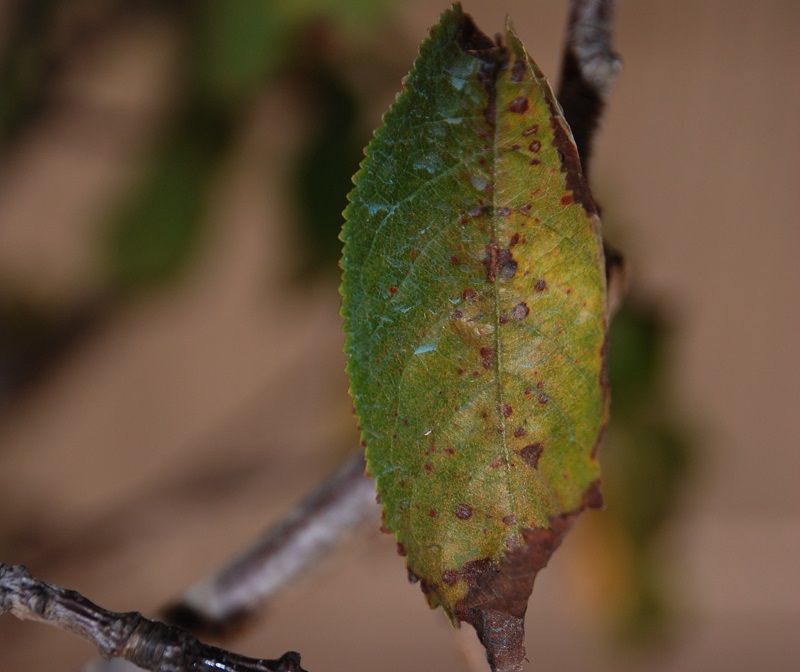

oryzae (Xoo), including a transcriptional regulator with unknown function, and their interactive regulatory network. This study used a systematic approach to characterize all identified pathogenicity-associated regulators in Xanthomonas oryzae pv.

Although certain pathogenicity-associated regulators have been functionally characterized, signal transduction systems always function as a regulatory network which remains to be elucidated in Xanthomonas. Xanthomonas species are equipped with an array of signal transduction systems that regulate gene expression to survive in various harsh environments and successfully infect hosts. Xanthomonas is a notorious plant pathogen causing serious diseases in hundreds of plant hosts. For Δ rpfC mutant, the deleted DNA with its flanking DNA were amplified from the wild-type strain and cloned to the suicide plasmid pK18mobsacB, and the deleted DNA was knocked back into the Δ rpfC mutant for gene complementation assay. The rescue recombinant plasmids were then transferred to the corresponding mutants for gene complementation assay.

For clp and colS, target genes and their native promoters and terminators were cloned pHM1 via in vitro homologous recombination using One Step cloning kit (Vazymebiotech, Nanjing, China). For vemR and zur, promoter and open reading frame region were amplified, separated, and cloned to pHM1 via three restriction sites, resulting pHMvemR and pHMzur. For hrpX, hrpG, and hpaR1, target genes and their native promoters and terminators were amplified using primers listed in Table S1 in the supplemental material and cloned to cosmid pHM1, generating pHMhrpX, pHMhrpG, and pHMhpaR1. Gene complementation assay of Δ vemR, Δ hrpX, and Δ hrpG mutants (A), Δ clp and Δ colS mutants (B), Δ hpaR1 mutant (C), Δ zur mutant (D), and Δ rpfC mutant (E).


 0 kommentar(er)
0 kommentar(er)
